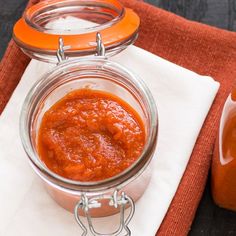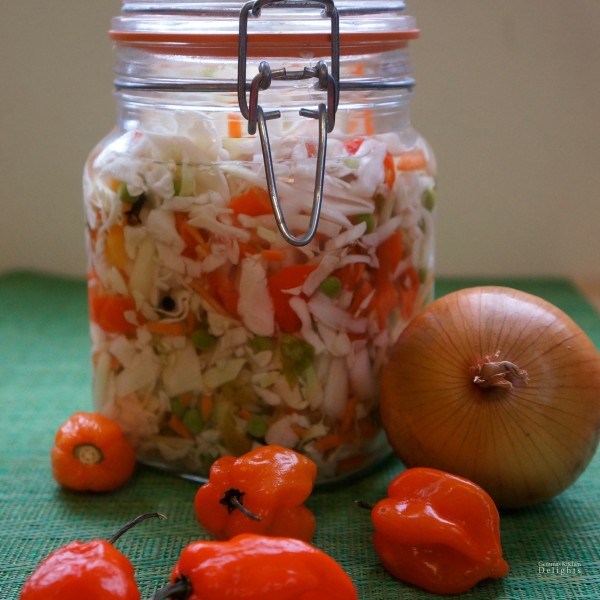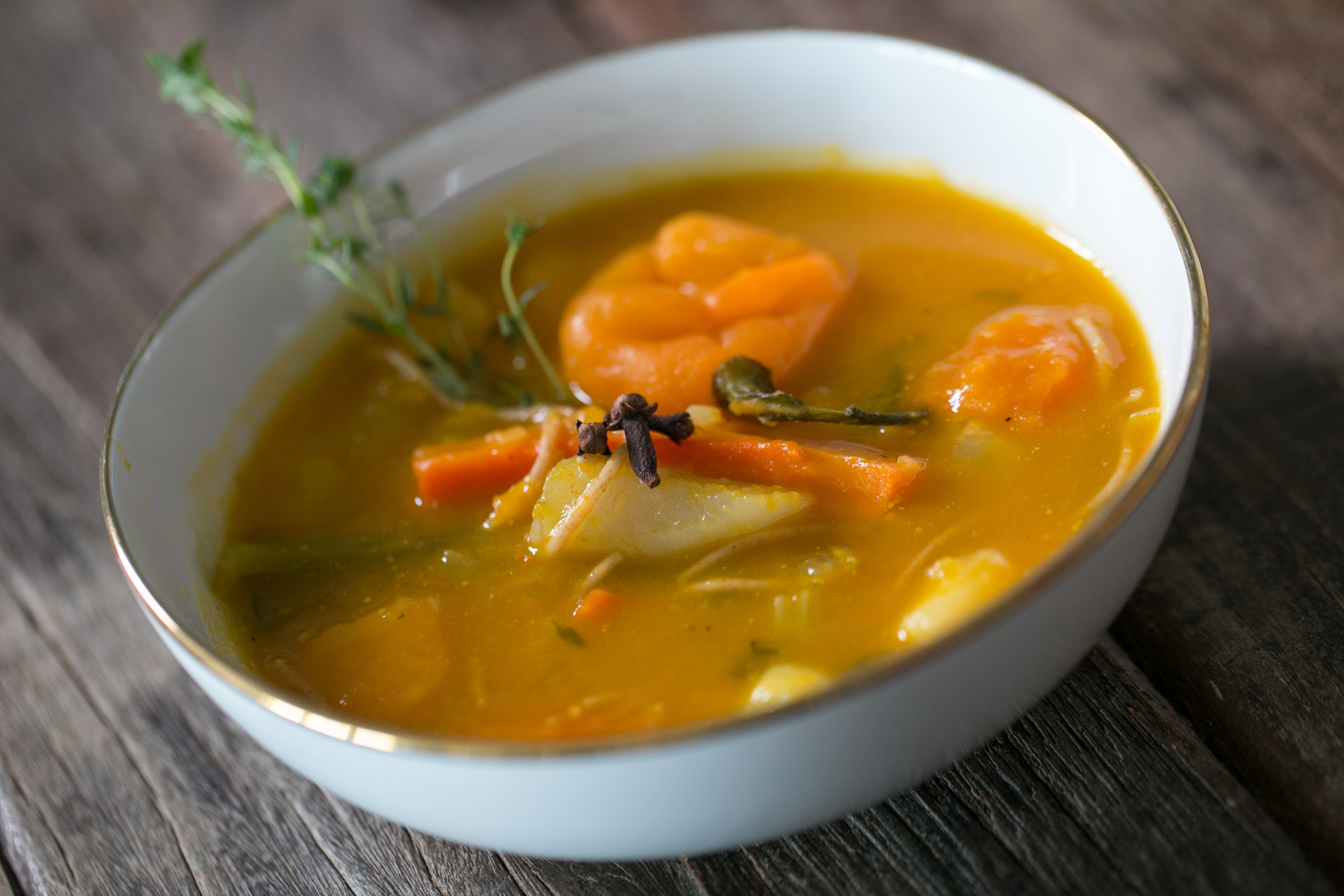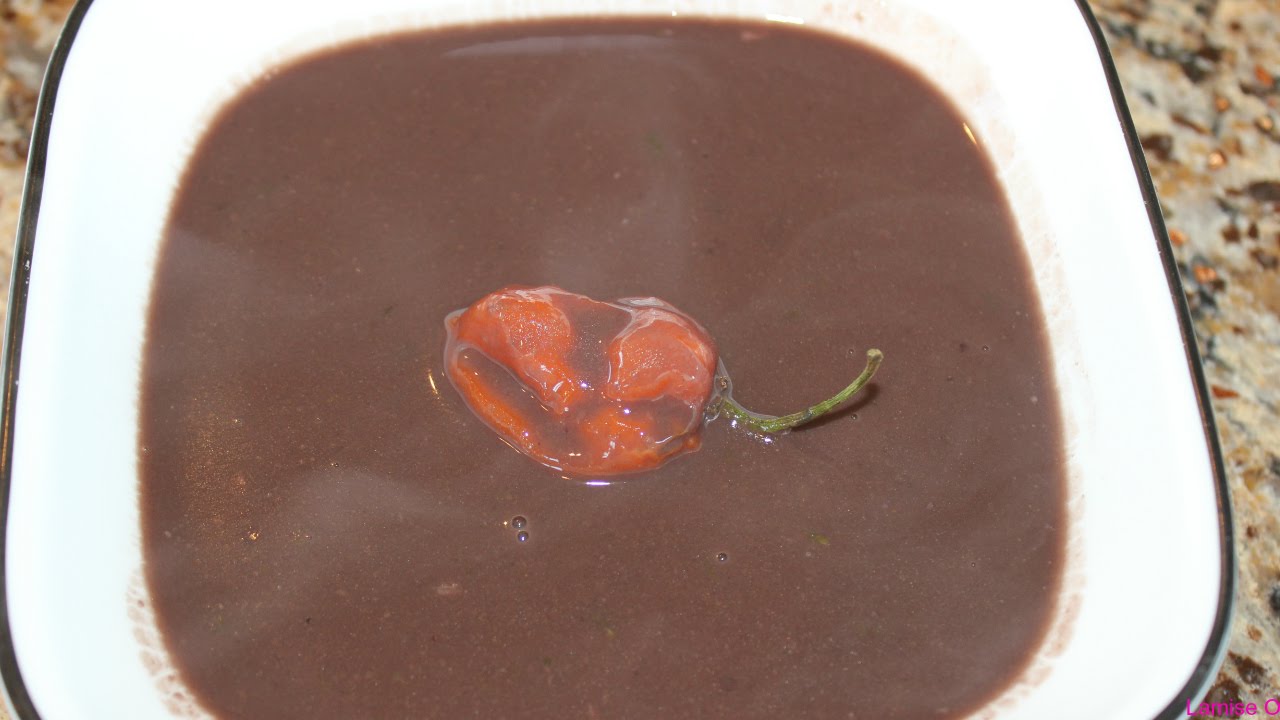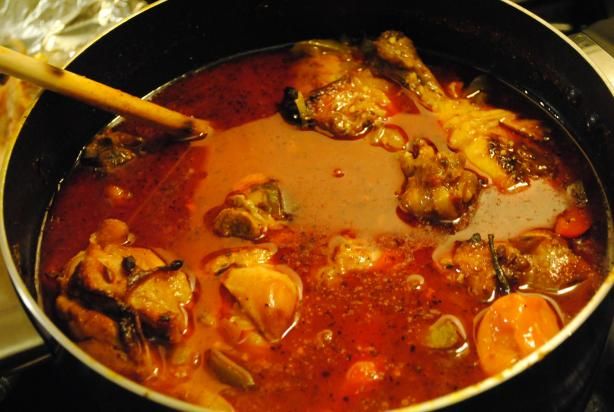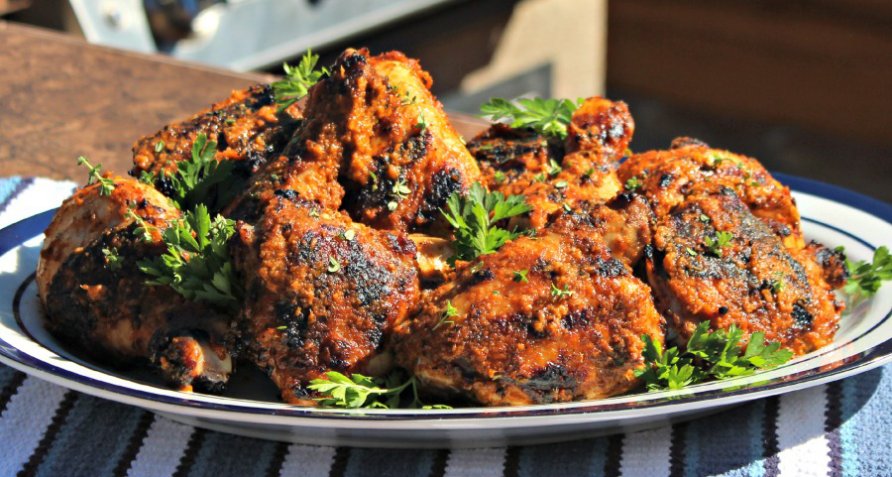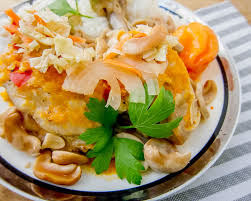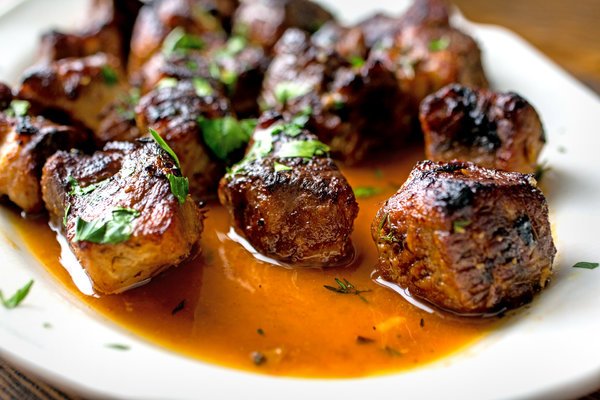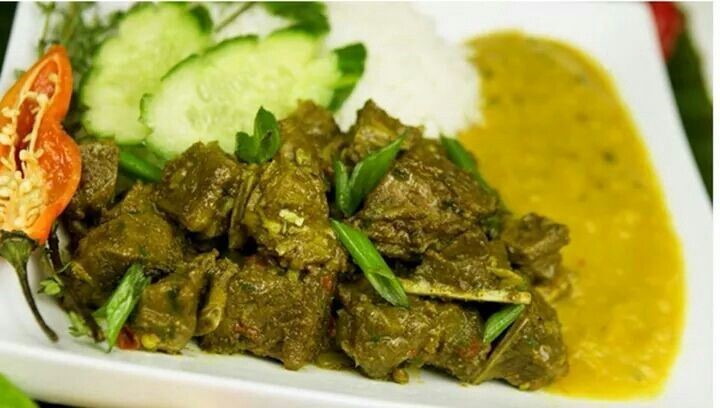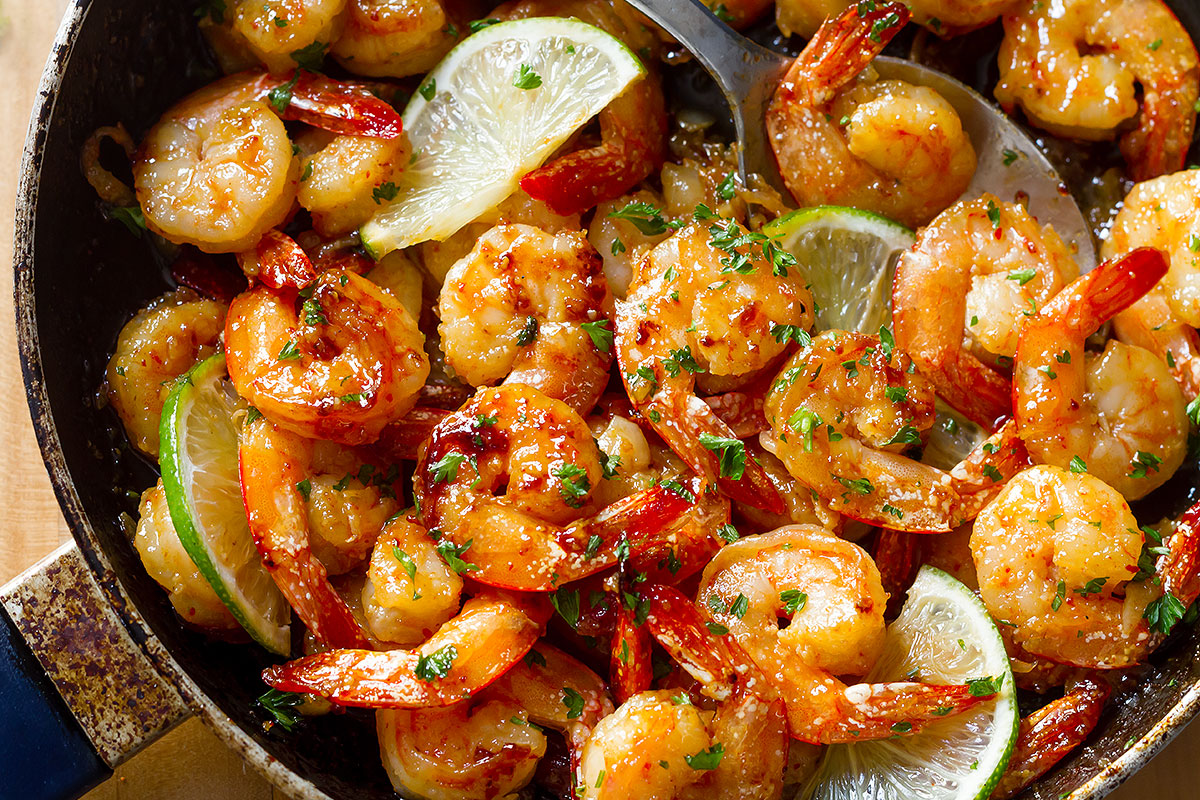
28 Mar Fiery Cuisines Part 26 – HAITI
Andrew’s Essential Fiery Food Facts that a Pyro- Gourmanic needs to know
Part 35
Fiery Cuisines Part 26… HAITI
Haiti one of the poorest islands in the Caribbean, and nearly wiped out by cyclones, has one of the most diverse cuisines, often overlooked, I love their food, more times than not spiced up with my favourite chillies, Scotch Bonnets and Habaneros.
Haiti occupies the western third of the island of Hispaniola bordering with the Dominican Republic which occupies the eastern two thirds. Haiti is slightly half smaller than the state of Tasmania, with an area of 27,750 square kilometres which includes several small islands. Three main mountain ranges, separated by open plains, stretch across the country. The climate is tropical, with some variation depending on altitude. Coffee, Cocoa, Coconuts, Avocado, Orange, Lime, and Mangoes grow wild. The most important commercial crops are Coffee and Sugarcane. Other important crops include Bananas, Corn, Rice, Sorghum, Beans, and Cocoa beans. The virgin forests that once covered the entire country have now been reduced to about 4 percent of the total land area.
Spain, France, the continent of Africa, and later the United States, were crucial in shaping traditional Haitian cuisine. Throughout its history, several foreign countries invaded and gained control of Haiti, introducing food and ideas from their native lands, many of which significantly affected the foods modern Haitians eat.
The island of Hispaniola, was inhabited by hunter-gatherers as early as 5000 B.C. Fruits and vegetables such as Guavas, Pineapples, Cassava, Pawpaws, Sweet Potatoes and Corn were cultivated by early Haitian tribes, particularly the Arawak and Taino Indians. It was not long before the first European arrived on the island and began introducing Oranges, Limes, Mangoes, Rice, and Sugarcane. Slaves from Africa were eventually transported to Haiti to work the Sugarcane plantations. The slaves who were brought to the island to work the sugarcane plantations also brought their cultural cuisine with them.
On December 6, 1492, Christopher Columbus landed on the island and named it La Isla Espanola, later to be named Hispaniola, or the Spanish Island, and claimed it for Spain. The Spaniards called it Santo Domingo. The Spanish established Sugar plantations and made the native Indians work as slaves. Hard labour and disease nearly wiped out the indigenous population by 1520, forcing the Spaniards to ship slaves from Africa to work the plantations instead. The Africans introduced Okra which they called gumbo, Ackee both red and yellow fruit, Taro, Pigeon peas, seeds of an African shrub, and various spices to the diet. They later introduced such Haitian specialties as red beans and Rice and Choko.
By 1700, the French had taken control of Hispaniola from Spain. The French colonists successfully cultivated Sugarcane, Coffee, Cotton, and Cocoa with the help of African slaves.
Haitians won their independence from France and became the first African-American republic in the New World in 1804. French rule, however, remains evident in modern Haitian society, particularly in the wide use of the French language and in the contributions to the country’s cuisine. French rule, however, remains evident in modern Haitian society, particularly in the wide use of the French language, and in the contributions to the country’s cuisine. French Cheeses, desserts, and breads are commonly found at local markets and stores.
Haitian food is often lumped together with other Caribbean islands as typical Caribbean cuisine. However, Haiti maintains an independently unique flavour. Unlike its Spanish-influenced counterpart, the Dominican Republic, Haitian cuisine is based on Creole and French cooking styles. Strong Chilli flavouring in many dishes also sets Haitian food apart from the other islands.
Several dishes are specifically native to Haiti, including rice djon-djon . It requires Haitian black Mushrooms, locally grown fungi. The stems of the Mushrooms are used to colour the rice black, then the Mushroom caps with Lima beans are used as a tasty topping. Calalou , consisting of Crabmeat, salted Pork, Spinach, Onion, Okra, and Chillies, and pain patate , a sweetened Potato, Fig, and Banana pudding, are other native dishes to Haiti. Soup Jomou is traditionally served for lunch on Sundays.
In general, the average Haitian diet is largely based on starch staples such as Rice, Corn, Millet, Yams, and Beans. However, wealthier residents can afford meats usually Pork and Goat, Lobster, spiced Prawns, Duck, and sweet desserts such as French-influenced mousse and pastries.
Extravagant fare such as Frog legs, cold meats, and French cheeses are available, but they are not commonly eaten by the average Haitian. Riz et Pois , the country’s national dish of rice and beans, is more common fare. It is relatively inexpensive, and the rice and beans provide carbohydrates for field workers. It is often preceded by a plate of Viv, boiled Plantain and other boiled roots and tubers with a meat dish. At Sunday lunch, there will often be a gratin, again a nod here to their French roots. Pasta gratin is loved as a side dish. Sunday is also the day when there might be leisure time for a nice dessert as well. Cornmeal mush cooked with Kidney Beans, Coconut, and Chillies, and Pikliz can be filling, and its ingredients are usually affordable. Haitians also tend to frequently fry their meals in pig fat to give them greater flavour. Bannann peze , poule ,fried Chicken, tasso (deep-fried beef), and grio (fried Pork) are common examples. Haitian spices can lend a world of flavour to the food you eat, as well as a secondary resource for your medicine cabinet. There are many spices that the Haitians use in cooking. Many of the spices impart a unique flavour to the foods they are added to. From Jamaican jerk recipes to riz cole avec pois, these varied savory and spicy herbs are sure to please any palate.
Some of the most popular and familiar spices include the following: Allspice, Anise, Absinthe, Cayenne Pepper, Chilli , Nutmeg, Eshallots, Ginger, Cinnamon, Coriander Seeds, Sassafras, Bay Leaves, Marjoram Leaves, Thyme, Curry Powder, Garlic, Oregano, Basil, Cloves
Lesser known spices, that may be difficult to find but are available in Australia if you take the time, that are used for cooking include the following, Scotch Bonnets, Annatto, Comino
Haitian spices used for cooking are often used in combination with other ingredients to produce great tasting marinades and rubs for meat. Mix the herbs together with other ingredients such as: Black Pepper, Brown Sugar, Salt, Garlic Powder, Ground Cloves
While the spices direct from Haiti are in high demand, they are available for use in limited quantities. Try using some of these exotic and beneficial spices in your home and bring the spice of Haiti to your life.
Haiti’s tropical Caribbean climate allows for tropical fruits such as avocados, mangoes, pineapples, coconuts, and guava to grow in abundance. Such fruits are often used to make refreshing fruit juices. Other popular beverages include shaved ice topped with a fruity syrup, Juna, a locally produced Orange squash drink, and even Sugarcane. Both adults and children enjoy chewing on the stalks to extract its sweet juice.
Most of Haitian society consists of peasants who live a simple lifestyle. On a small plot of owned or rented land, the peasants usually cultivate Beans, sweet Potatoes, Maize, Bananas, or Coffee. Men plant and harvest the crops while the women typically take care of the children, prepare meals, and sell the extra crops they have grown, if there are any at the local market. Epis is a crushed mixture of Onion, Parsley, Garlic, black Pepper and Thyme that is used extensively to marinate meat. All types of meat and seafood are eaten, but often only the wealthier residents can afford them. Spice is used sparingly, and as a side dish, like Piklis — a pickled Cabbage dish with Carrot and Scotch Bonnet soaked in Vinegar
Markets are frequently the centre of economic and social activity in small Haitian villages, and a place where mostly women can be seen selling produce. Markets located in tourist areas, such as Port-au-Prince, the country’s capital, often open for business as early as 5 A.M. It is normal for women to sometimes walk several miles each way to the market carrying large baskets of produce on their heads. Though vegetables and fruits are probably the most commonly sold food, salted codfish, and various meats, and manioc flour are also popular. There are no refrigerators, so seafood and meat is typically covered in salt to help preserve it in the warm, outdoor markets. Other homemade products such as clothing, cooking utensils, and baskets are also sold.
The poor majority of the Haitian population usually begin the day with a light breakfast of locally grown Coffee and bread made of manioc flour, a Wheat flour is often too expensive for the typical Haitian peasant, who has very little money, always accompanied by butter or Spiced peanut butter.. Most of the population work in the fields and take a break for a light snack around midday. Another break from fieldwork (as well as a chance to see his family) is in the late afternoon when fieldworkers often return home to eat the main meal of the day. Ready-to-eat meals are also available, usually for the hungry tourist. The most popularly sold dish is a porridge made of a ground Corn, Sugar, and Milk, cooked over a large fire. It is usually eaten immediately after it has been purchased, typically served in a tin cup.
Spicy, flavourful sauces are common in several Haitian dishes, particularly to season bland workers dishes. The most popular sauce is Ti-malice a very spicy tomato and onion mixture.
Evening meals are simple affairs, often a bowl of porridge or soup. But just as often people purchase Fritay from street vendors. Offerings include fried Plantain, Griot (fried Pork) and even barbequed Chicken. A special meal for a guest is simply not considered complete if a fruit juice or fruit soda is not offered. A liquor might be offered either before dinner or after dinner.


